How Wales’s clampdown on second homes could do more harm than good
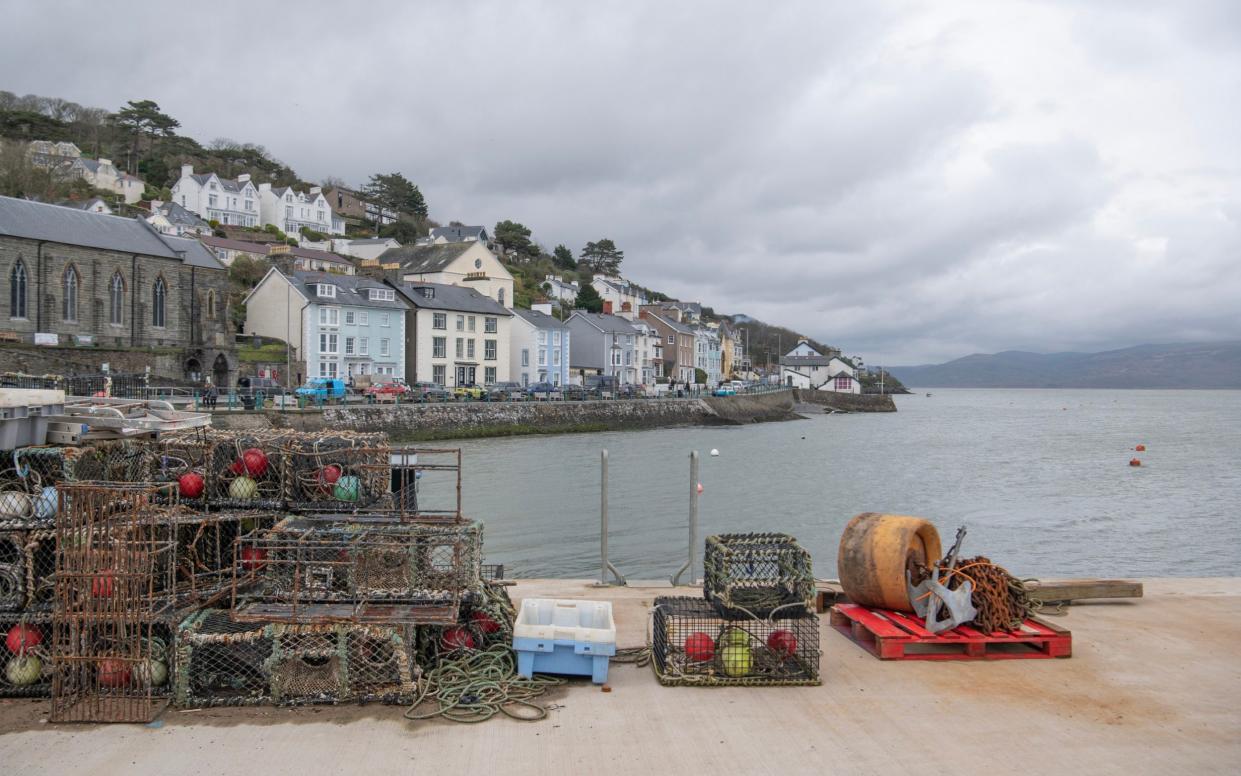
Nestled on the coast where the river Dyfi meets the blue waters of Cardigan Bay, the Welsh village of Aberdyfi has always been a popular choice for second homeowners. Its county, Gwynedd, has one of the highest concentrations of second homes in the UK (41 per 1,000 homes in 2021) and comes second only to South Hams in Devon.
In parts of the UK with significant numbers of second homes, there has often been tension between their owners and local residents. Second homes push property prices above what is affordable for working locals and can hollow out whole towns in low season. It has been 30 years since English-owned holiday homes in Wales were fire-bombed by a group called Meibion Glyndŵr in protest, but a (non-violent) battle to rein in the Welsh housing market has continued ever since.
Yet Aberdyfi is unique in that its residents say locals and second homeowners have been coexisting quite happily for years. In fact, many of the local businesses say they would be forced to close without the custom of those with their main homes elsewhere. Now, the Welsh government’s policies designed to deter second homeowners are forcing some to sell up. In Aberdyfi, as in other Welsh holiday home hotspots, this has had unforeseen consequences.
In April last year, the Labour-led Welsh government gave councils the power to increase council tax for second homes up to 300 per cent, in a bid to return housing stock to local people. The Plaid Cymru-run Gwynedd council opted to charge a 150 per cent council tax premium on second homes in the area.
The Welsh government called these measures “unparalleled” and “groundbreaking,” but in Aberdyfi, critics say they have backfired. With one in four English councils planning to follow suit, second homeowners across the country face a tricky decision. Either cough up for double council tax, or sell up, likely dropping the price of their property in the process.
Ashley Thomas, area sales manager for estate agents Peter Alan, says the impact of the council tax hike is already apparent in some areas of Wales. “There are various different reasons why people are selling at the moment. Some have said it’s due to council tax changes,” he says. “Prices have remained strong, but they’ve remained static, so people are getting more for their money than they were pre-lockdown.” But the market is shifting – more homes are being bought by first-time buyers or buy-to-let investors, rather than for use as holiday homes.
Meanwhile, this year’s spring budget set second homeowners in its sights on a national scale. Chancellor Jeremy Hunt embarked on a further attempt to spark the sale of second homes, announcing plans to abolish tax relief for holiday home owners, and to lower taxes on sales.
Gwynedd council might go further still. It is currently considering proposals to introduce controversial Article 4 planning legislation that would require homeowners to register their property as either a main residence, holiday let or second home, and to apply for planning permission to change its status. It would then give the council licence to reject requests to rent out homes as holiday lets.
As a well-established holiday hotspot, the strip of shops on the seafront in Aberdyfi have clearly evolved to cater largely to second homeowners and tourists. There is a café and deli selling stonebaked pizzas, Perello olives and £8 salads in takeaway pots; two upmarket womens’ clothing shops; a craft beer and cocktail bar. Yet when asked about the impact of a second-home clampdown, small business owners in the area are unequivocal: sadly, without second-homers, their businesses could not survive.
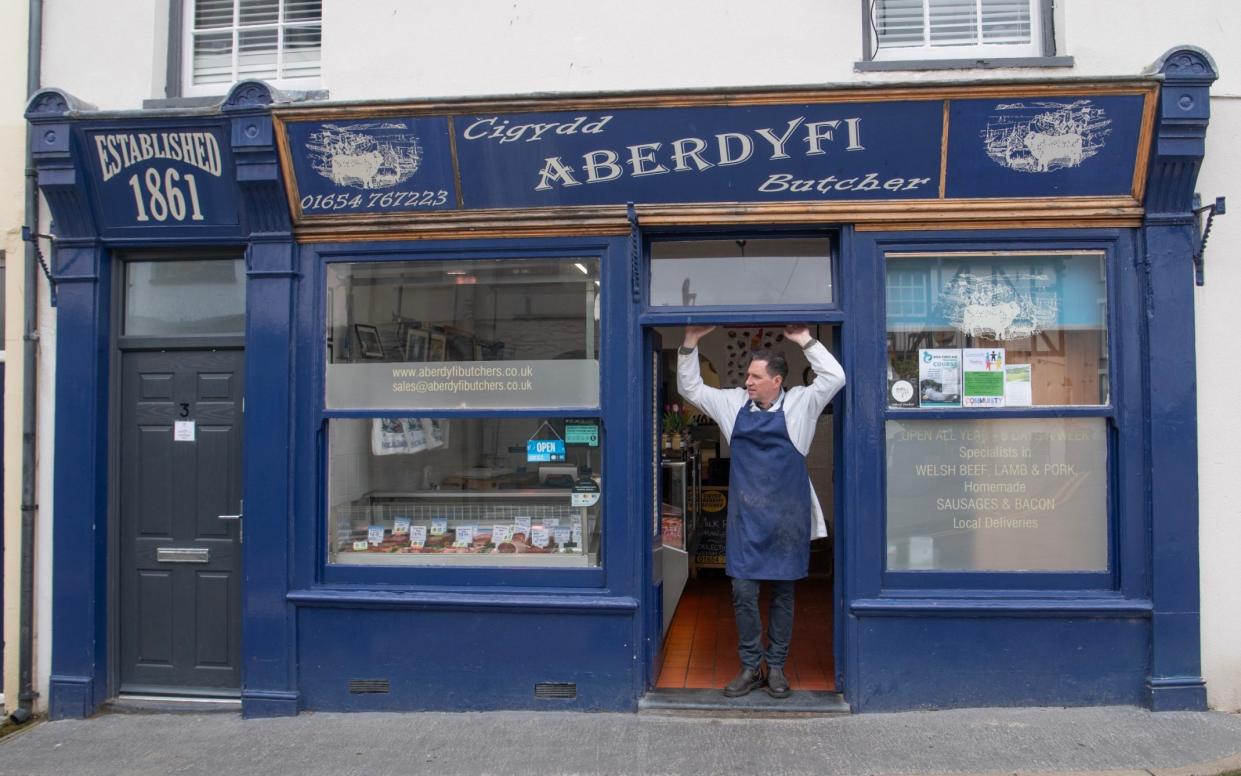
In the village centre, there is a butcher’s shop established in 1861. Martin Fowles, who grew up in the area, is its current proprietor. “Ninety per cent of people with second homes here are customers of mine,” he says. “If you take those all away, I don’t exist.” Summer holidaymakers come for one week trailed by a supermarket delivery van, says Fowles, whereas second homeowners who have been coming for 20-plus years are the mainstay of his business. They visit regularly and shop locally.
Of course, not everyone agrees. One local resident, who doesn’t want to be identified, says that due to the influx of second home-owning city dwellers she feels “lonely in [her] own community” and would support even stricter measures to deter them. She rents locally. “There are quite a few properties on the market, but as a local girl, I can’t afford one… because of the prices and the way they’ve done the property up,” she says. “There isn’t a Welsh community here, because the second homes have destroyed [it].”
There is a community of a different kind, however, says Jane Storkey, who moved to Aberdyfi with her husband from Devon. “A lot of them come down every weekend – they’re reasonably local. Chester, or Birmingham, or Wolverhampton,” she says. “It’s not like Salcombe [in Devon] where second homes are only occupied one month of the year and… are empty the rest of the time. This is not like that – this is more real. People are here nearly every weekend.”
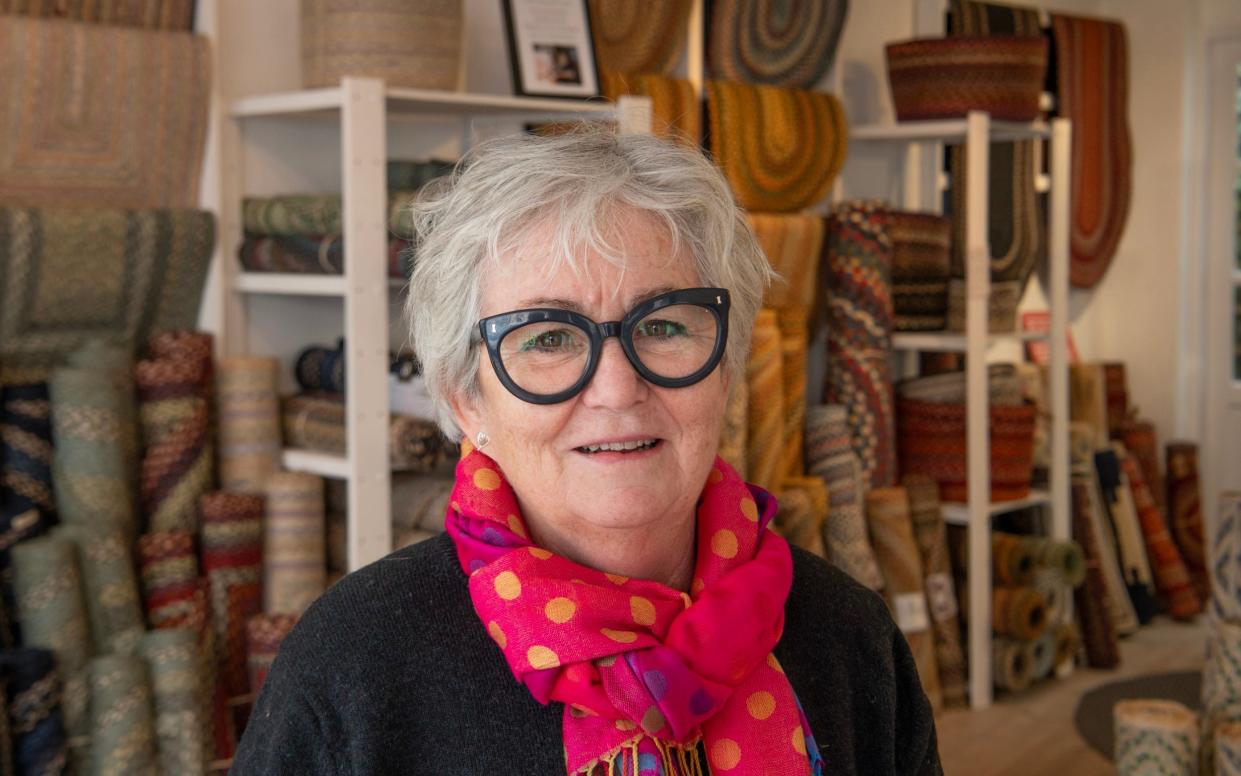
The fact that house prices far outstrip local wages is a perennial problem. Gillian Miranda, 57, has lived in Aberdyfi for 24 years and runs a boutique on the seafront, where most of her customers are second-homers. “The Welsh government thought, ‘We’ll get rid of all the second homeowners and make housing stock available for locals.’ But locals can’t afford it anyway,” she says. Properties in the area used to be so in demand they were sold before they even made it to an estate agent’s window – now, they’re “sitting there for years.”
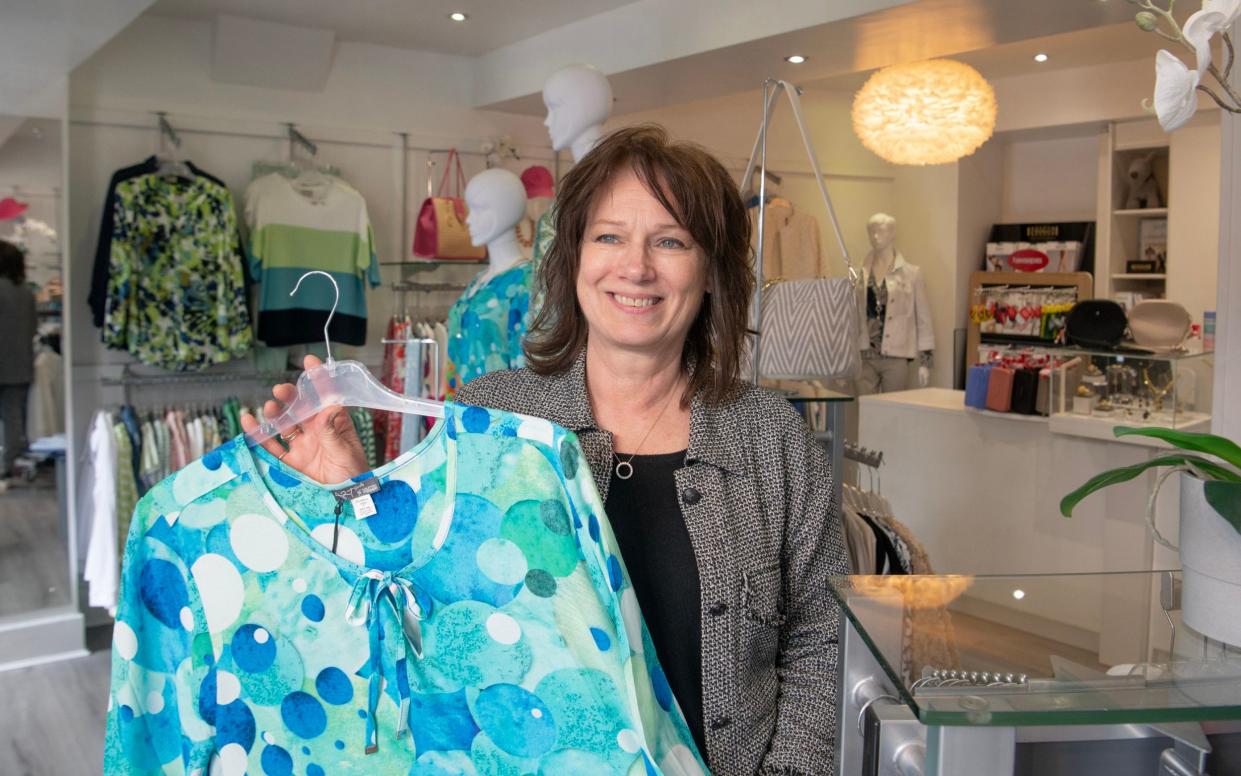
At the time of writing, there are 58 properties for sale in Aberdyfi on Rightmove, ranging from £140,000 for a one-bedroom flat to £1,000,000 for a hilltop five-bedroom house. Many have clearly been used as holiday lets, with tell-tale identikit furniture and folded towels at the end of the bed. On Zoopla, one five-bed seafront terrace, currently run as a B&B, has been on the market since March 2022. These pricey properties have broken the ceiling of what locals can afford – most open jobs in the area are either seasonal or close to minimum wage.
Anecdotal evidence suggests that those who are choosing to sell are struggling to do so. “People phone me to complain… that they’re trying to leave and can’t,” says Craig Ab Iago, the Plaid Cymru cabinet member for housing in Gwynedd. “They bought an expensive place and now that the only people looking to buy are locals who can’t afford it.”
There is an acute lack of affordable housing across the county. A council report published in June last year found that homelessness had risen by 48% between 2019-20 and 2021-22, and that in 2019 – even before the pandemic boom in second homeownership – 40 per cent of Gwynedd’s housing stock went to second-home buyers.
“We [now] have 800 people who are homeless – five years ago that would have seemed impossible,” says Ab Iago. There is an 8,000-plus waiting list for social housing, “but we have empty homes, and second homes, and in my view, that’s immoral.”
But even Ab Iago concedes a council tax hike for second homes is not the way to solve the problem. He describes it as a “blunt tool” and says he does not know whether it has made any meaningful progress on returning homes to local ownership.
There are three types of second homeowner in Gwynedd, according to Ab Iago: “Locals who own second homes because they’ve inherited them; people who have always been coming here and have had homes since the 1970s – no qualms with them at all; the third is people who just see [properties] as investment opportunities.”
He only takes issue with the third group – the wealthy newcomers buying properties as investments and driving up prices – but the measures designed to penalise second homeowners harm all three groups, including “people who are born and bred here.”
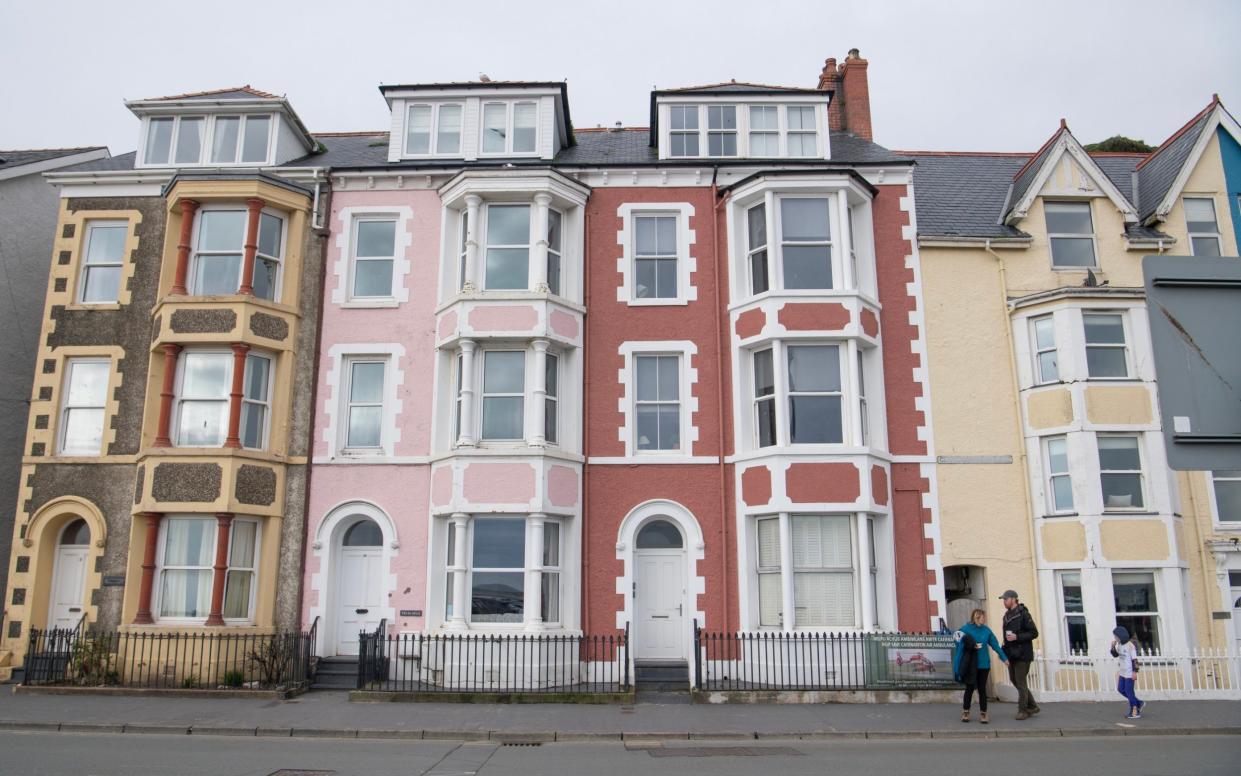
Jane Birch-Tomlinson, 59, is one of them: “fourth-generation Aberdyfi,” she says. “I’m Welsh and proudly Welsh.” Her parents lived in Aberdyfi all her life, in a large terraced house she inherited when her mother died last year. She attended the local primary school, which has now been closed by the council.
Birch-Tomlinson has been renovating her mother’s house for use as a short-term holiday let, as she now lives in Hampshire, and has been stung by the 2.5 times council tax premium. This leaves her with a yearly bill of around £7,000. (Another second homeowner, who owns a bungalow on the other side of Snowdonia National Park, says his bill is just shy of £9,000.)
“That’s unaffordable unless it’s rented out,” says Birch-Tomlinson. “If I decided I can’t keep it and I sell it, I would only be selling it to someone who has more money than I have – I am 100 per cent sure it wouldn’t go to a person living locally.” Her mother hoped it would be used by her daughter and grandchildren.
“I’ve inherited this [not bought it] and I’m being penalised,” she says. “There isn’t the industry here to support a mortgage for a home of this size. It’s not a starter home, is it? And the issue is that people can’t get on the ladder.”
Back at the butcher’s shop, a passer-by drops in to buy sausages or have a chat with Fowles every couple of minutes – both visitors and born and bred locals alike. He has a thriving business, but worries for its future given there are further measures to deter second homeowners on the horizon. He says: “It’s going to lead to nothing but destruction in communities like this.”
Additional reporting by Tom Haynes


